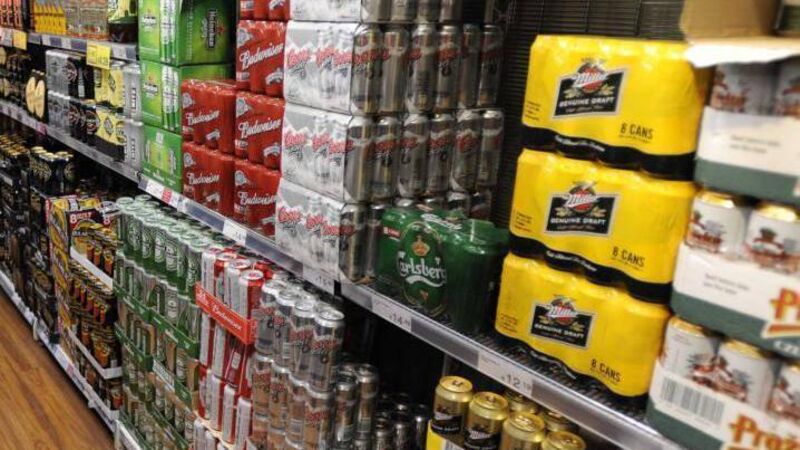WHO backs introduction of minimum alcohol pricing across Europe

The report noted that Ireland’s minimum unit pricing is comparatively higher than other jurisdictions. The only place implementing a higher cost is Prince Edward Island in Canada. File picture: Sasko Lazarov/RollingNews.ie
The World Health Organisation (WHO) has backed the introduction of minimum alcohol pricing across Europe as a lifesaving measure.
Launching a new report into the benefits of alcohol taxes, the body said such taxes can become part of a “comprehensive approach for reducing alcohol consumption in Europe”.









